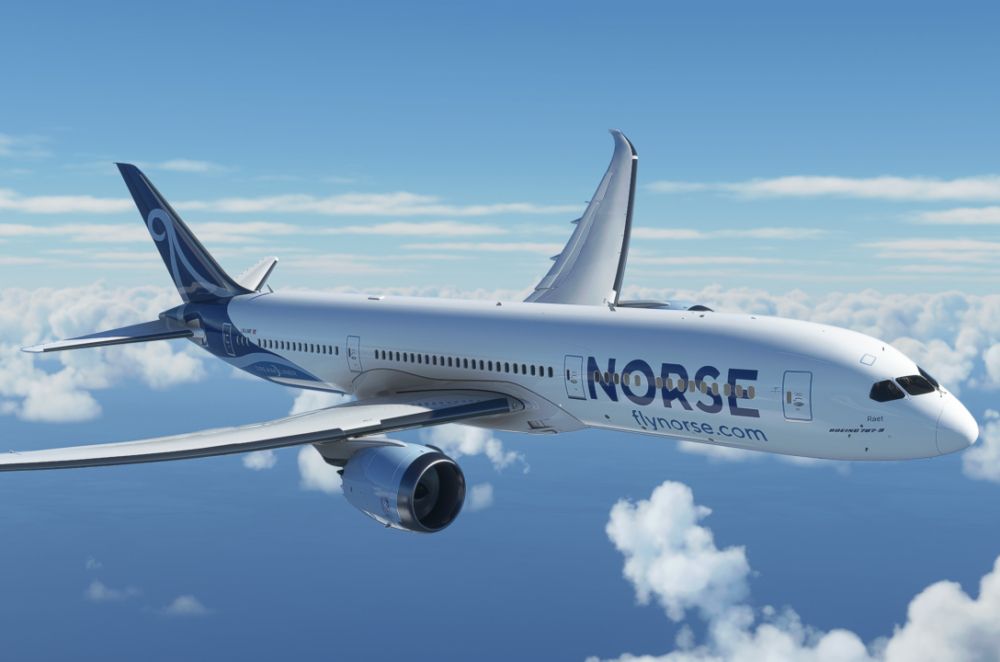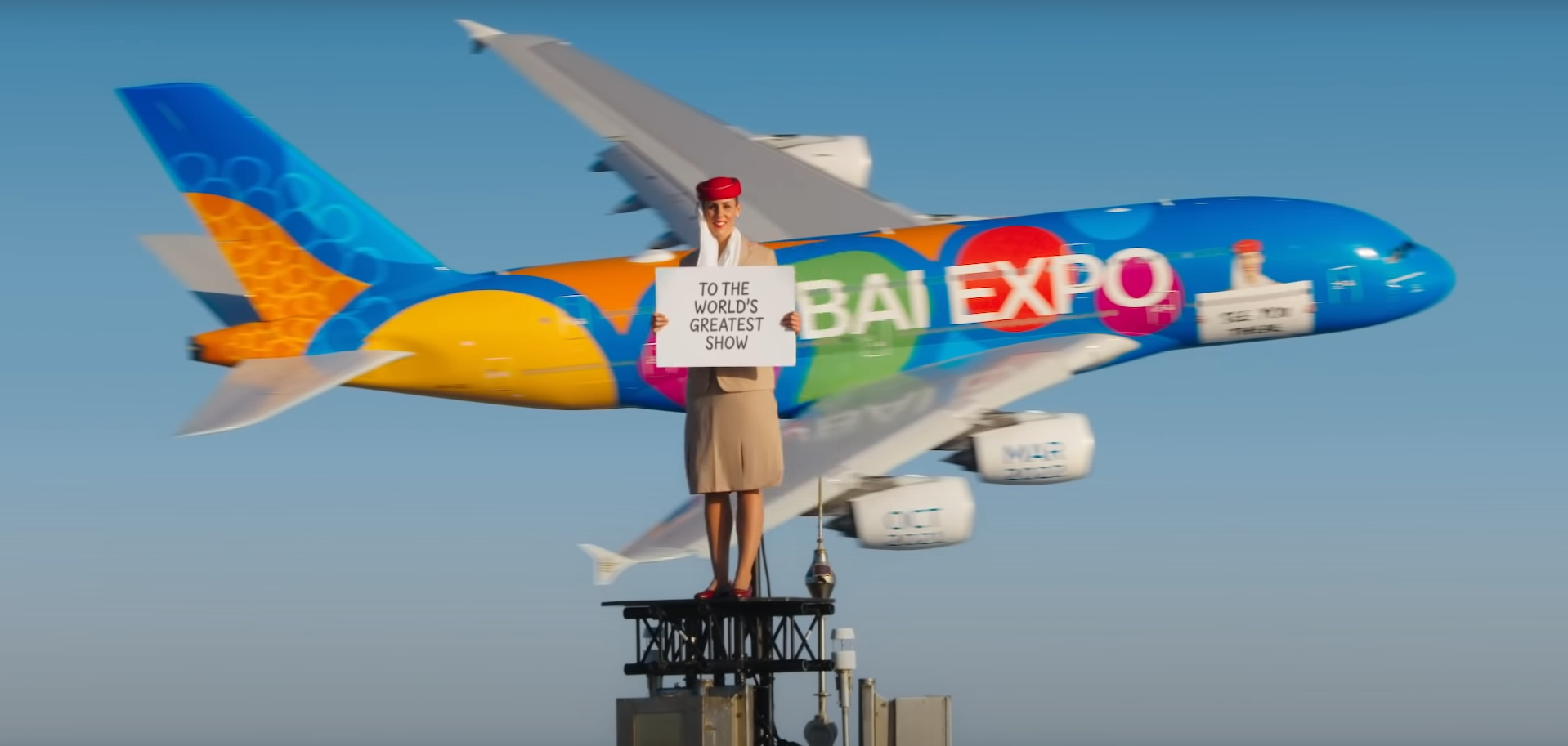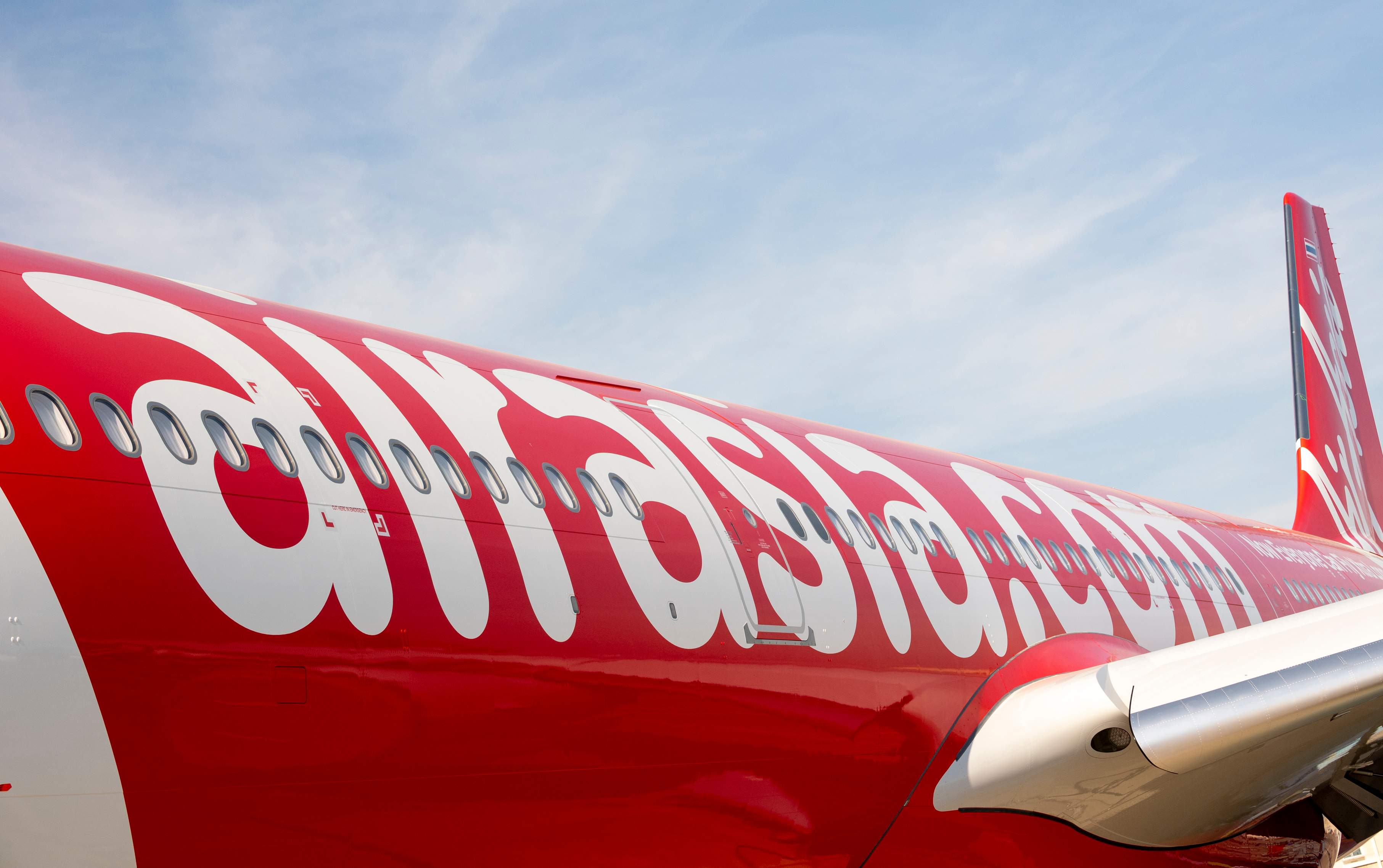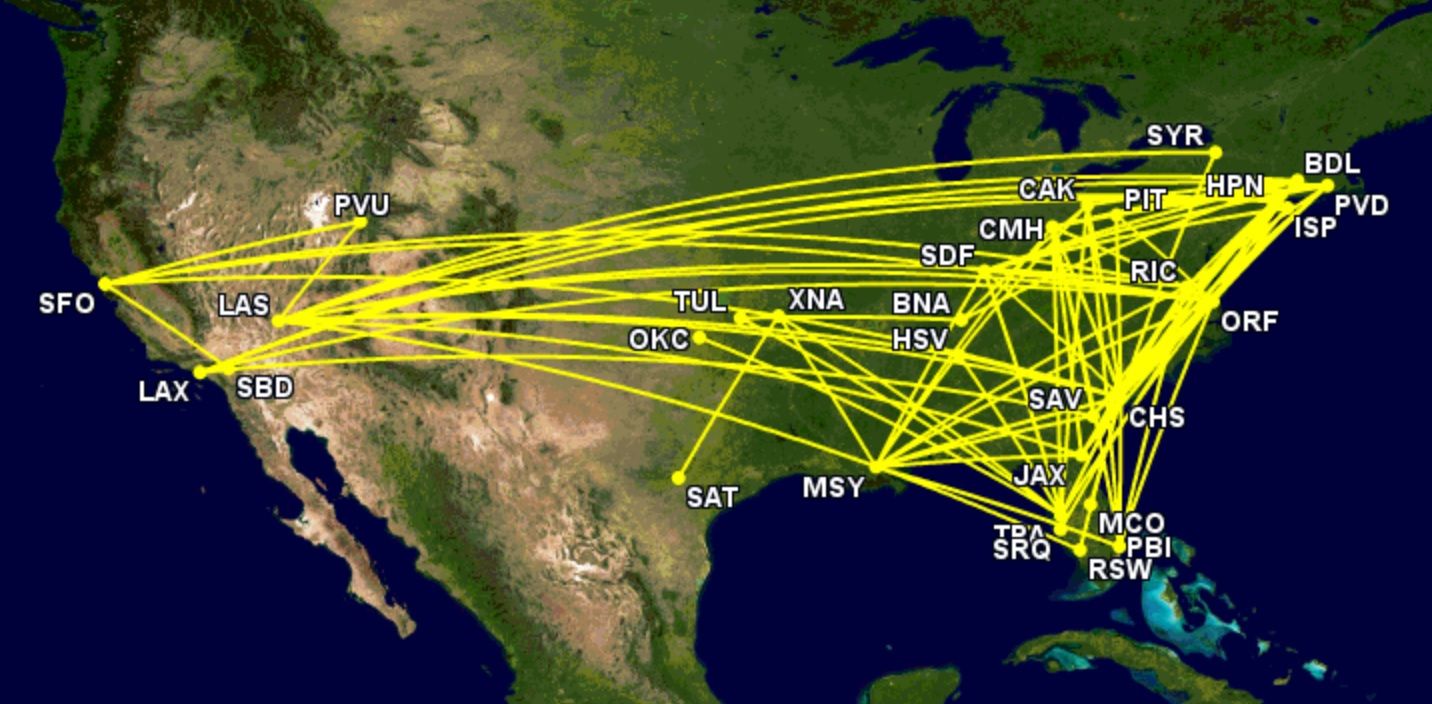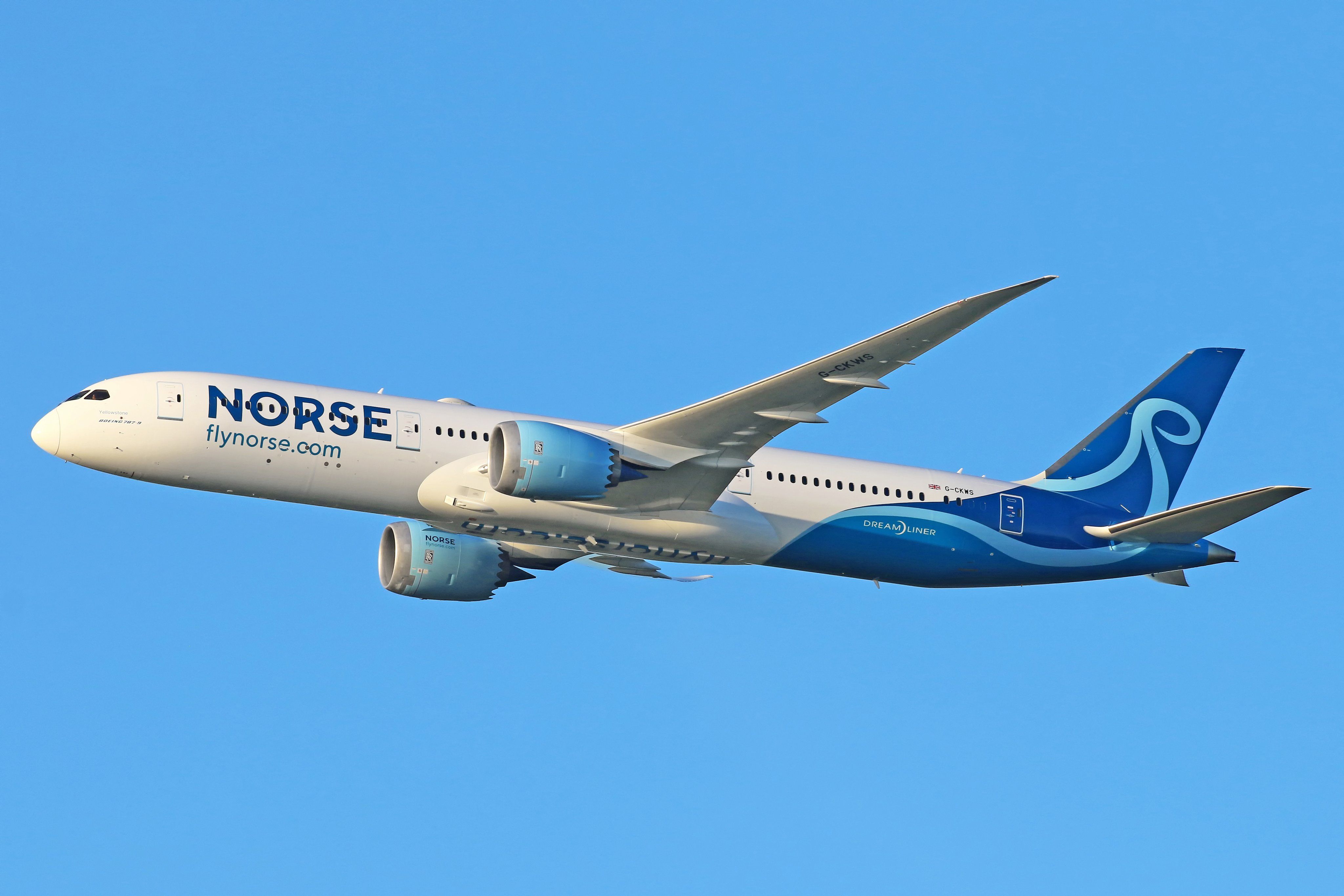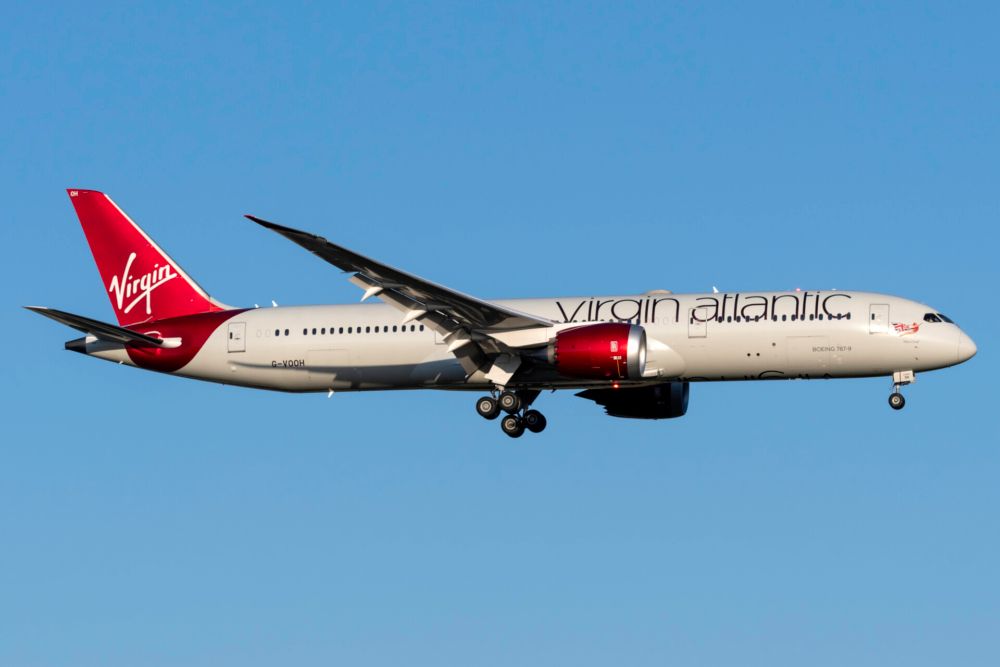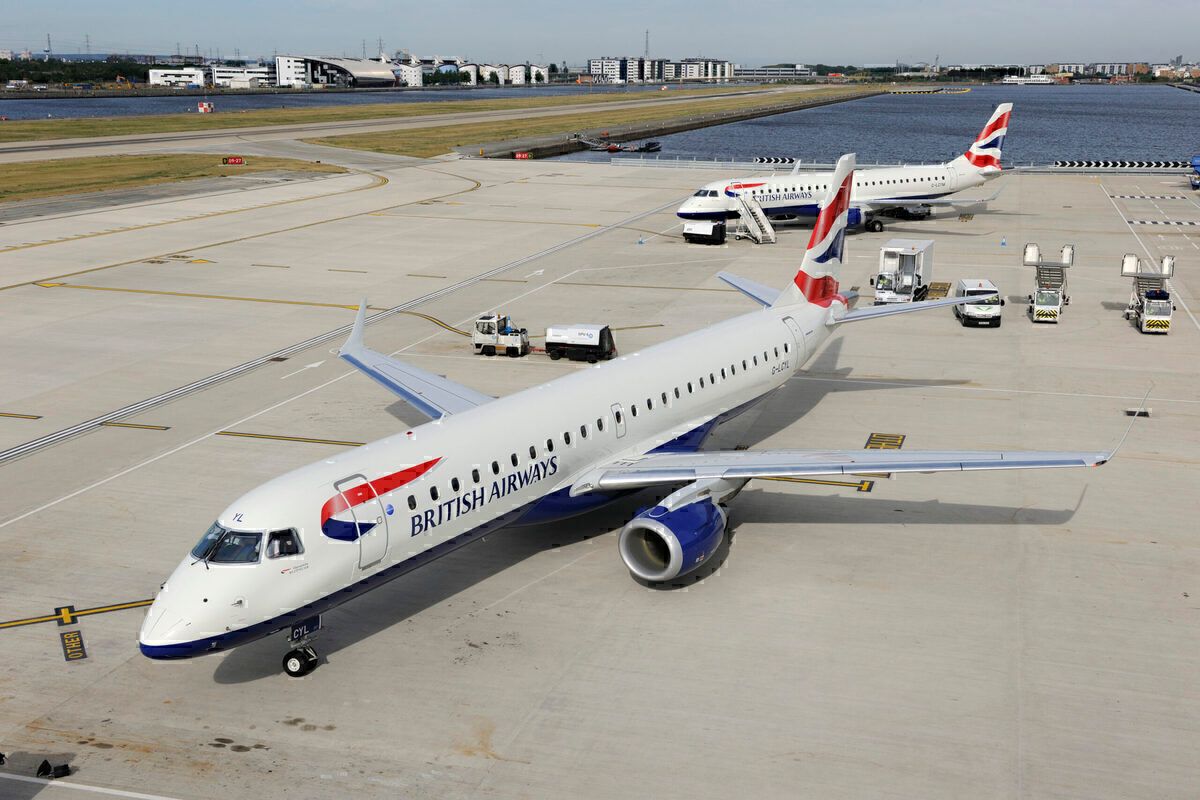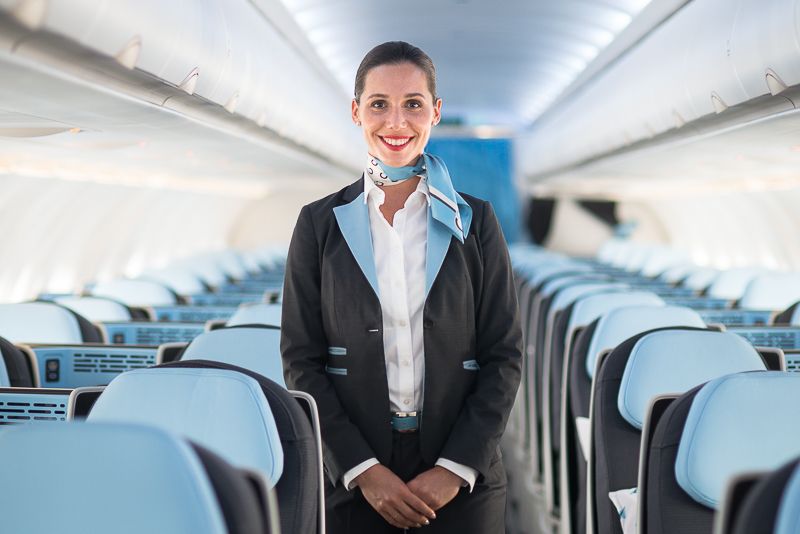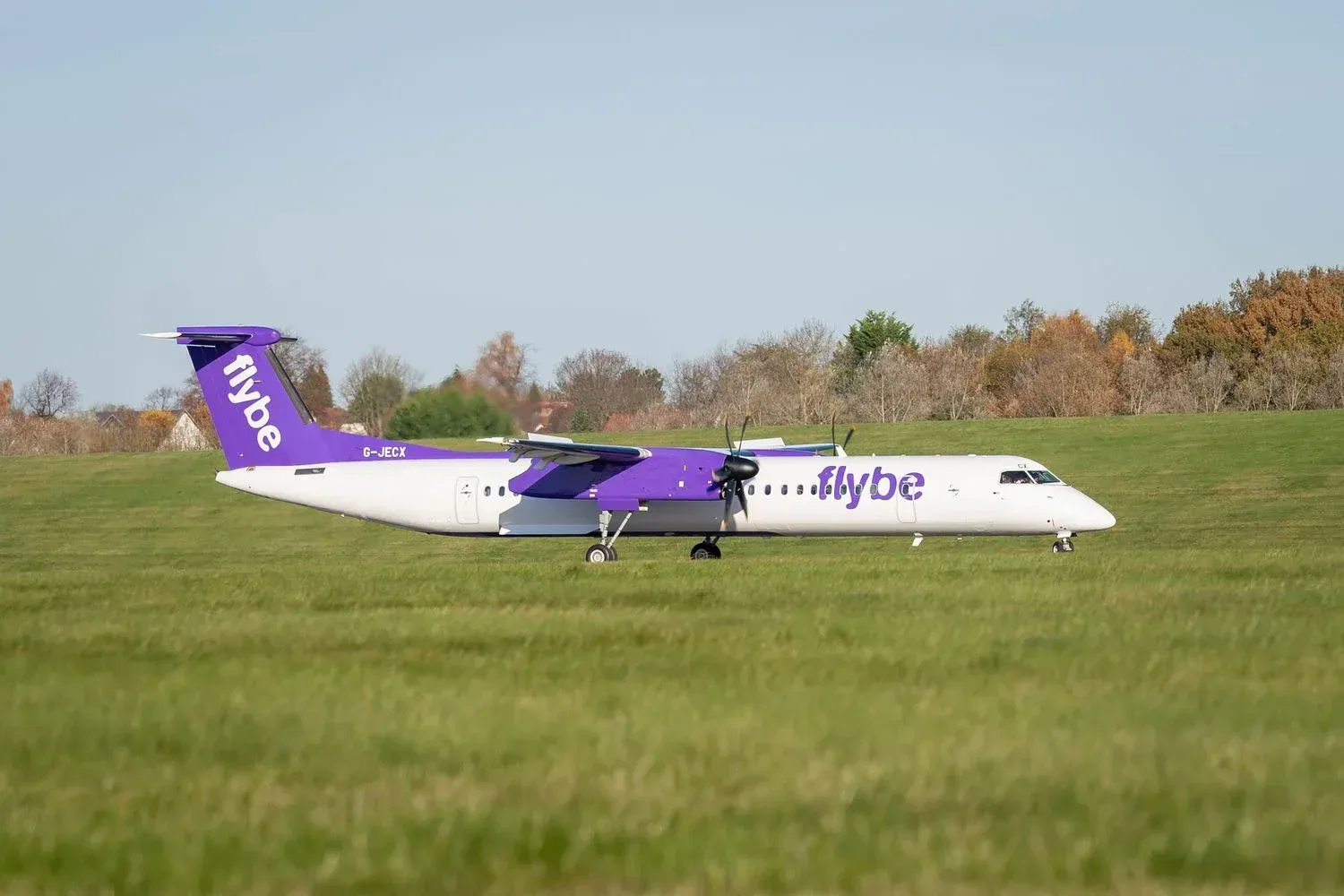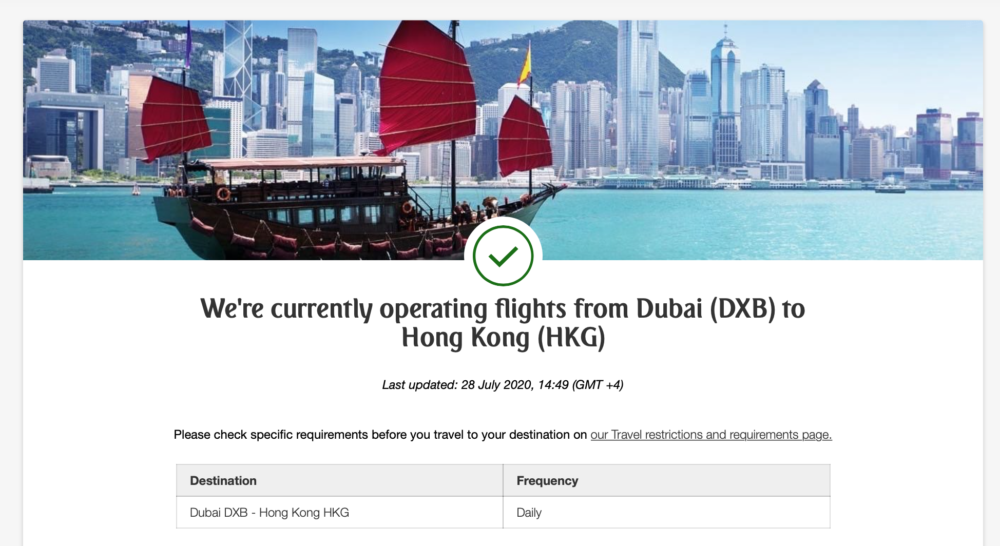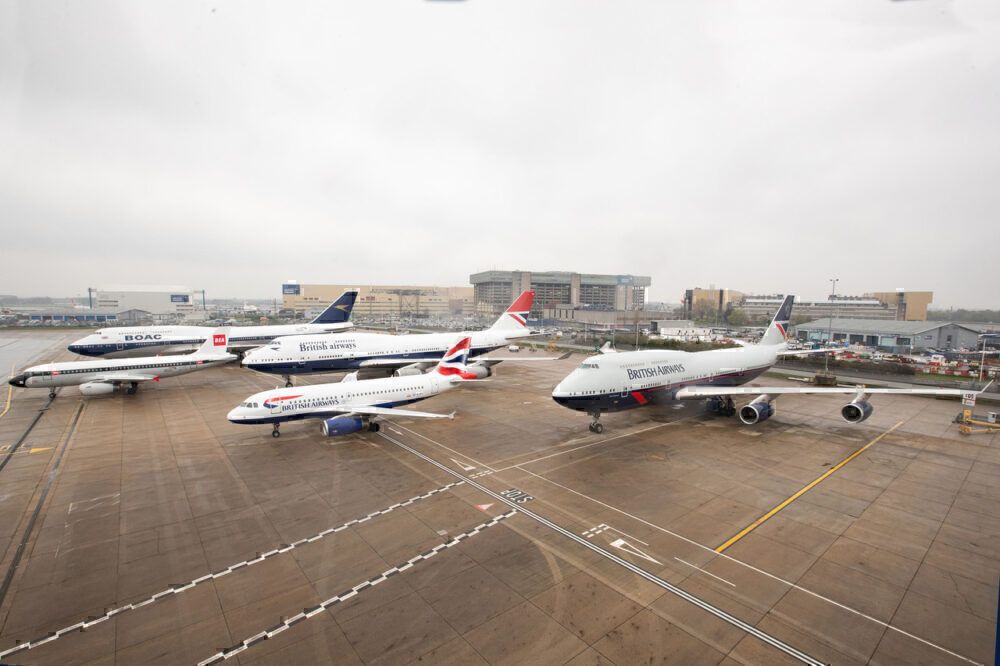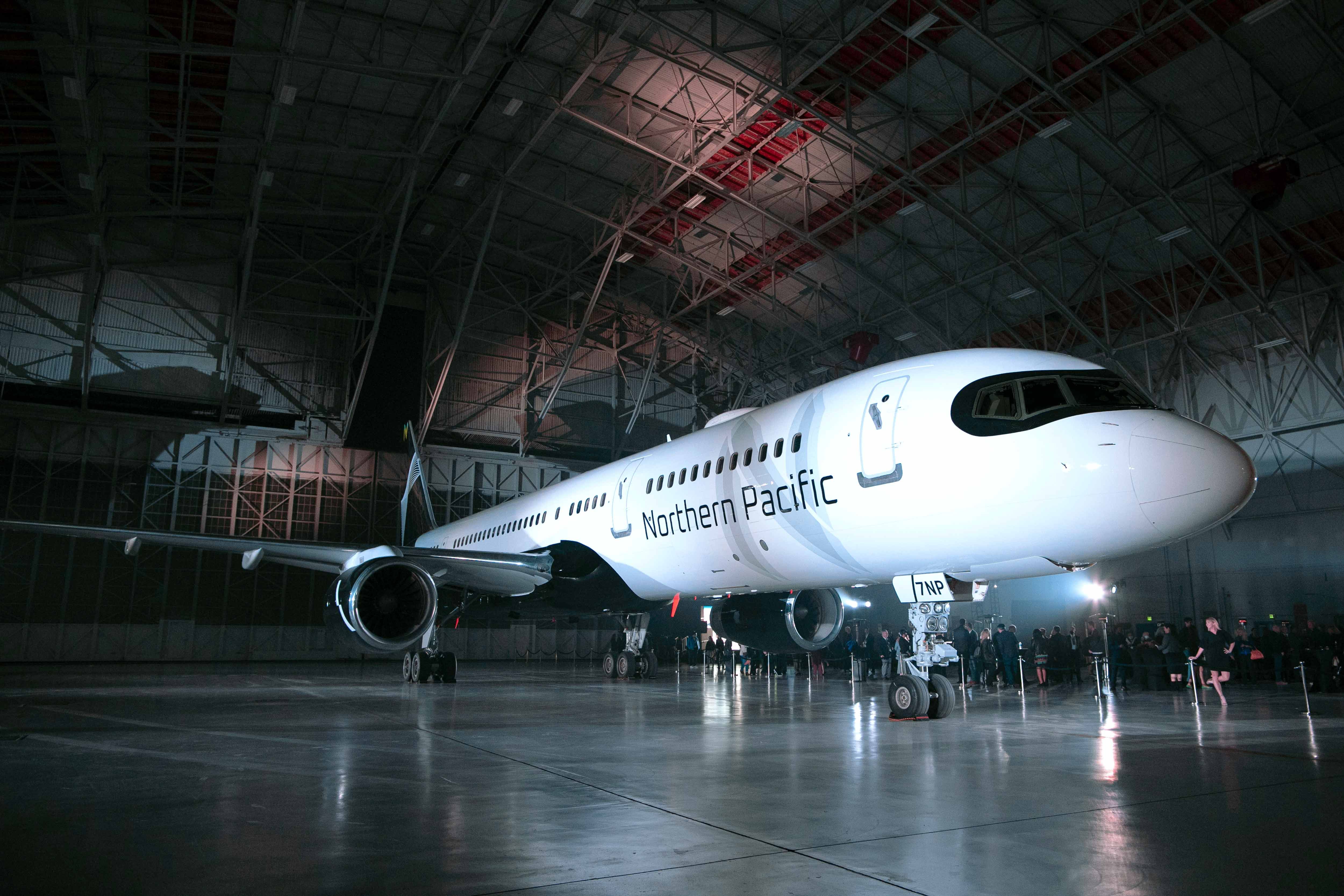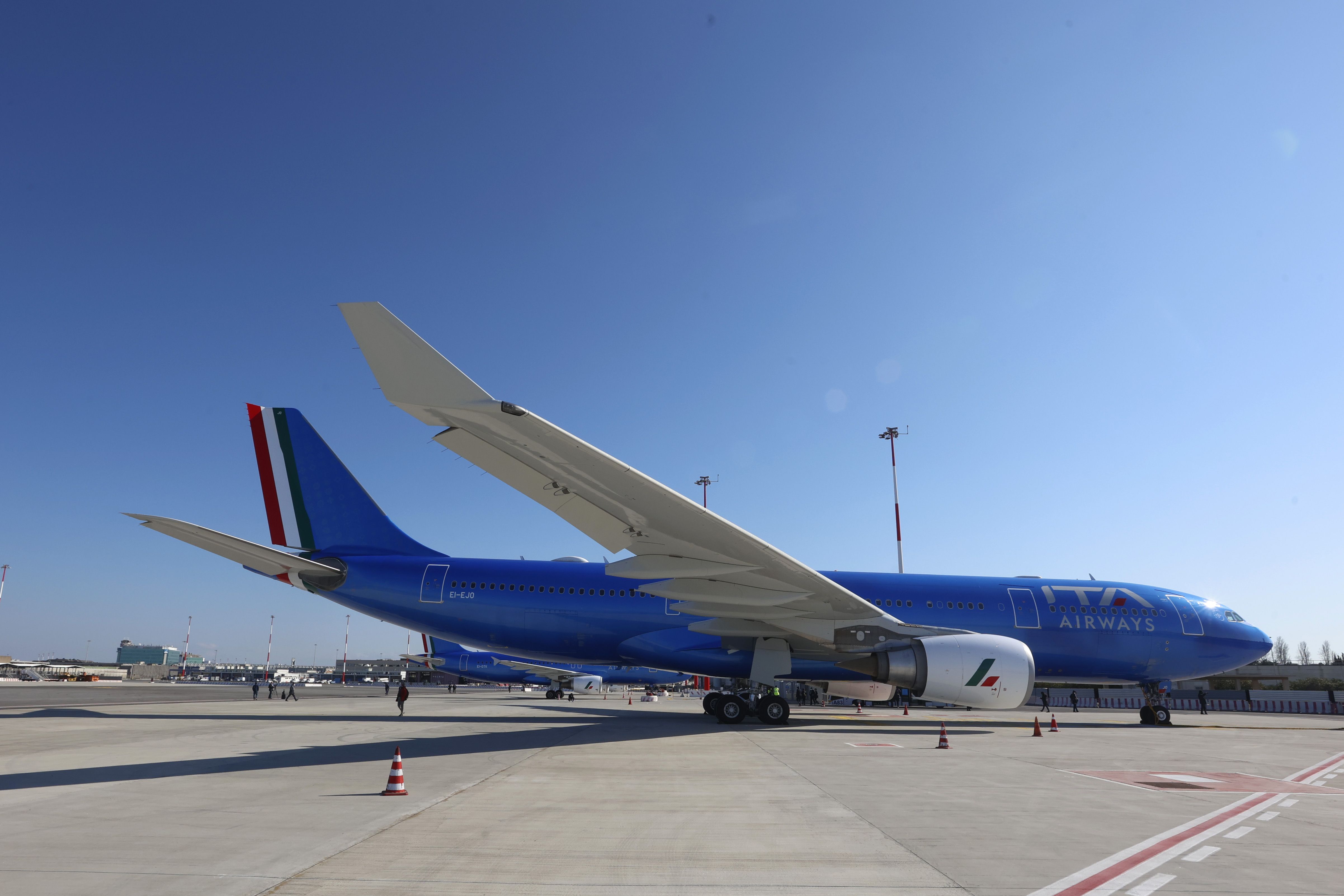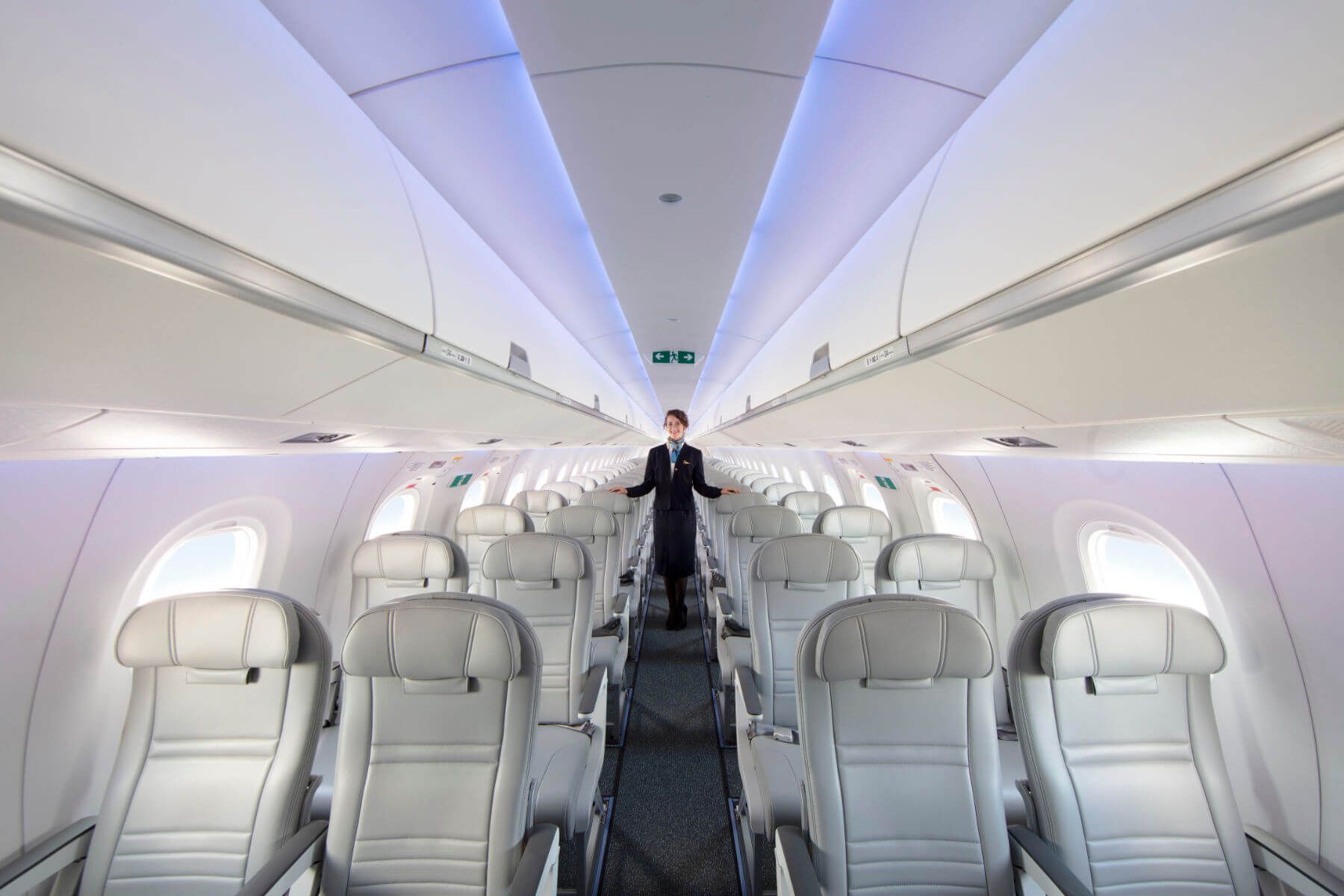Marketing and promotion, often considered as simply advertising, is crucial for any startup business, including airlines. Whether small or large, carrying passengers or cargo, without a comprehensive marketing plan in place, your new airline could remain largely unknown to millions of potential customers that might have chosen to fly with you.
Without the ticket revenue those passengers might have generated, your financial foundations will soon start to give way, and all the hard work you have put in so far could have been in vain.
Marketing is everything
Planning your new airline has come a long way since we started this journey with Part 1 of this series. With what you have accomplished by this stage, you should by now be moving full steam ahead towards a launch date and finally watching your inaugural flight take to the skies.
Yet, whether your airline is a passenger carrier, freight specialist, or a combination of both, you are still required to fill the space onboard your new fleet. No one goes into the airline business hoping to fly anything less than full planes.
Having the capacity filled will provide the vital revenue to not only cover the costs of operating that flight. It will also help put some money in the bank to cover overheads, or fixed costs, keep the shareholders or investors happy, and provide some cash so that you might consider expansion in the future.
Formulating a comprehensive strategic marketing plan will be one of the most important tasks you will need to do before your airline gets much closer to launch. This plan will dictate how your airline will sell its services, attract new customers and ideally build a loyal following of passengers for whom your airline becomes their number one choice.
Before we go further into applying marketing strategies for airlines, we should remind ourselves of basic marketing principles so that the rest of this article makes some sense and has a degree of context. We'll try to keep things light, so stick with it, and all being well, you'll come out the other side ready to start formulating your own airline's marketing strategy.
The five principles of marketing
To devise a coherent and workable marketing strategy for your airline, a carefully designed plan is the starting point. The marketing planning process traditionally consists of five key stages:
- Analyzing market opportunities;
- Researching and selecting target markets;
- Designing marketing strategies;
- Planning marketing programs; and
- Implementing and controlling the marketing effort.
As you work through the stages listed above, you should see your marketing plan evolve organically. By the time you have completed the first couple of stages, the rest should flow from there. Don't worry if it doesn't. However, some fine-tuning and re-thinking specific points should get you there.
Over the history of commercial passenger aviation, airlines have generally followed a very similar structure to that shown above when deciding how to attract customers, although the methods may have changed to get the message out in that time. The invention of the internet, social media, and other technologies have transformed the way airlines market their services nowadays.
That said, the principles remain the same regardless of what medium you choose to get your message out. Some methods are more subtle than others. There is a significant difference between placing a colossal model of one of your aircraft on a traffic intersection at a major airport to which you fly, to influencing the ranking of your flights on a global distribution system so that it appears higher when a travel agent looks up a flight on a route which your airline flies.
As we take our whistle-stop tour of airline marketing in this article, we shall consider how airlines have developed their own unique marketing strategies to attract customers onto their services, potentially luring them away from competing carriers and hopefully allowing them to win over that passenger for life.
After all, and as mentioned in Part 8 of this series, every passenger whose loyalty you can win today means more dollars in the marketing budget for you to attract additional new passengers tomorrow.
Analyzing market opportunities
Presumably, you will have conducted your detailed analysis of market opportunities when you first started considering an airline. If you wish to refresh yourself on this, refer to 'How To Start An Airline: Part 2 - Developing a Business Plan'.
Ideally, you will have decided on what type of airline you will operate, the markets you will serve, and the fleet of aircraft that you will operate by this stage. These decisions should continue to match the market opportunities you identified initially as you develop your marketing plan.
If the operating landscape has changed in any way, then you should not shy away from re-assessing your business plan. The mark of a good airline business plan is that it can be adapted if need be to suit current circumstances.
For example, if your planned inaugural route has seen other entrants come into the market while you have been planning your own operation, only the foolhardy would press on without considering how that might affect your own plans.
Recent airline startups such as Avelo and Breeze in the US, and the forthcoming Bonza in Australia, have all identified route structures largely unserved by other carriers. Others, such as Norse Atlantic Airways, are betting big on already popular routes such as London to New York, one of the most highly competitive routes on the planet.
With a different customer proposition and competitive fares, this airline will be hoping that its marketing strategy is correct and that there is room for yet another carrier on this high-density and lucrative route.
Assuming you have conducted extensive market research and identified what you believe to be a gap in the market for your airline and its proposed services, then you are off to a good start. The next part of your marketing plan will be to research and select your target market - that is, what is the profile of passengers you are aiming to attract onboard your planes?
Researching and selecting your target market
Although you may have identified the routes that your airline will fly and the types of service you might operate, there is still some work to be done before you can put a fully-crafted marketing plan into action.
For example, you may have identified a gap in the market for a new airline flying from a major Northern European city to a point in southern Africa. But what type of passengers will your new service appeal to?
The type of passenger you aim to appeal to will be a key determinant as to the form and extent of any marketing campaign you might launch. For example, if your new route to this southern African city is largely a leisure-based route, with travelers heading for safari adventures or beach holidays, then is there really much to be gained from advertising in publications that cater solely or predominantly to business travelers?
Likewise, with short-haul early morning departures between major business centers, you might aim to fill your planes with higher-yield business passengers and reduce the number of seats available at lower fares through your revenue management or inventory control systems. If so, your marketing plan should reflect this.
The more you know your target market, the more you can tailor your product, service, and fares to meet its needs. Failing to understand your market entirely means revenue opportunities are lost. Should you completely misunderstand your target market, you run the risk of your airline failing to fill its planes or raise enough funds to cover its costs and ultimately face closure.
British Airways and its CityFlyer operation based at London City Airport is an excellent example of understanding target markets. Knowing full well that its target market during the week (Monday to Friday) is business travelers traveling with fares picked up by employees' companies, fares are understandably higher than the equivalent flight from regional airports.
However, also knowing that its passengers are predominantly London-based more affluent individuals, the airline's weekend schedule adjusts to allow this same group of travelers to access services to some of the more glamorous European destinations for a weekend break.
Optimizing fleet utilization throughout the week while selling seats at higher yields in these niche markets has proven to be a successful business model for the airline.
Designing marketing strategies
Once you have decided on your business plan and identified your target market, it's time to consider how you will attract those in that market segment to use your airline. As discussed above, it might be that yours will be the only airline in the marketplace. In other cases, you might be carving a niche for your airline in an already crowded market that you believe can support another carrier.
The prevailing market conditions will heavily influence the degree to which you will go to entice customers to your airline. For example, the French all-business-class airline La Compagnie has recently started flying on the Milan to New York route.
Being the sole business-class only carrier on this route means that with innovative marketing aimed at the right audience, the route has the potential to do very well, facing little competition in that particular market segment.
Compare this situation to the new Flybe, which started operations earlier this year on several routes already flown by other similar carriers. Flybe's task is perhaps not as straightforward as that of La Compagnie in the example above.
Flybe's main marketing task is to understand what it will take to get passengers to switch away from its competitors on these routes. Is it simply a question of lower the fares, or are there other considerations to be taken into account? Would a better schedule help? Offering attractive frequent flyer points or other loyalty bonuses? Or will an enhanced passenger experience at the airport and on the planes fill these new services?
Understanding your passenger is crucial for any marketing plan to work. You need to have a firm grasp on your passenger demographic, socio-economic profile, requirements and expectations, and their propensity to convert a desire to travel to actually do so and with your airline when they do.
The deeper you can dive into who your passengers will be when designing your airline's marketing plan, the more assured you can feel when that plan goes into action that you are both reaching and influencing your target audience.
Planning marketing programs
Following the steps above, you should now have a comprehensive idea of your target market and how you will attract them to your airline. Your next move is to decide the methods you will use to capture both their attention and imagination to achieve the following objectives -
- Try flying on your airline for the first time;
- Keep these passengers as loyal customers after that;
- Entice travelers loyal to competitors to try your airline for the first time; and
- Constantly find new, unserved segments of your potential customer base and fine-tune your marketing strategy to lure them to your airline.
You might engage the services of a specialist marketing agency (see Part 8 - Procurement of Essential Support Services) or you may already have some marketers within your team who can set to work on these objectives.
One thing is for sure; there are so many ways of bringing your airline and its brand to audiences these days that it would be impossible to identify them all in this article. However, what is clear is that there are more 'traditional' methods of advertising (such as advertisements in print media publications, television, radio, and billboards) and those that are much more digitally driven.
The latter will include all of the major social media platforms, embedded adverts in other websites through online services such as Google Ads, using social media posts and emails to create mailing lists, and developing online followings through competitions and other enticements on your airline's website once it is up and running. Again, this list is not exhaustive and gives just an overview of where you might start.
Perhaps thinking more creatively, there are many other techniques available to increase brand awareness, both before your airline launches and post-launch. Airlines have increasingly used various methods to engage with the public well before their first flight has even taken the air.
Commencing your brand awareness campaign through regular social media postings as you progress along the road to launch has become a popular way to build a following early on.
Suggested new post ideas might be the unveiling of your livery or cabin crew uniforms, route announcements as your network takes shape (again, Bonza in Australia has been particularly vociferous on Instagram with every new route announcement it has made in the run-up to launch later in 2022).
Special promotional activities can be valuable tools to introduce your airline brand, and even publicity 'gimmicks' have worked well for certain airlines in the past.
It will be up to you to determine how you will present your airline and its brand to the world in such ways that are in keeping with the airline's values and attract the type of customer you seek. With so many options available to achieve this, it might be hard to select the methods that will work best for you and your new airline.
Yet, with a good understanding by all involved of what the mission is for the airline in terms of its marketing plan and how that mission will be undertaken successfully, your airline should be on course to make waves when it first appears on the scene.
A successful marketing campaign will be measured by how well it captures the imagination of those within your target market and those who may be on the periphery. It should also set the expectations for your passengers so they can trust your airline to deliver for them, at the point where they convert a desire to fly with you, to making an actual booking.
Implementing and controlling the marketing effort
With a comprehensive marketing plan in place, there is never a right time to start rolling it out once you have the other basic plans for your airline well underway. The more you can build brand awareness, the better the chances of filling your flights once they commence.
Ideally, your aim is to build frustrated demand in the run-up to launching services so that your website is almost inundated with those seeking to book early when your first flights finally go on sale. Building a loyal following even before the airline's first flight takes to the air is an airline marketing department's dream!
Implementation of your marketing strategy must be carefully crafted so that the traveling public's first impression of your airline is positively disproportionate to the effort and money you put into it. You are effectively seeking to create a 'wow' factor and a real desire to be on your first flight, although you may not even have your first aircraft delivered yet. A tough ask, perhaps, but certainly one of your key goals to achieve.
Yet, as any marketer will tell you, relying on a single marketing plan to keep bringing in the passengers over the months and years is simply not going to work. As with any consumable, whether this is goods or services, brand updates and the re-focussing of marketing plans are vital to keep your existing audience engaged and to seek out new ones. Complacency can be a fatal error in any business, and the airline industry is no different.
Constant re-evaluation of your marketing strategies is crucial to keep your airline brand relevant and attractive. Regular market research and passenger feedback surveys will assist in this, as will keeping a close eye on what your competitors are doing will serve your airline well. After all, you may be spending millions building up a brand profile that you can be proud of, but that brand is not immune to becoming aged and tarnishing as time passes.
Keeping your airline fresh, modern, and adaptable as your target markets change and develop over time will ensure that your airline continues to serve the customers it wishes to long into the future.
Keep the momentum up and constantly look for new ways to engage with your customers so that their traveling experience with your airline remains as fresh and exciting as the first time they ever fly with you. If you can manage all that, you can consider your marketing plan as fit for purpose and succeeding in its objective of filling your capacity with revenue-paying customers.
With your plan in place, go fill your planes!
You hopefully, by now, have at least some ideas as to how you might start marketing your new airline and its future services to your potential customer base. You have a vast array of marketing tools at your disposal so use them well.
You want people to want to use your airline. You want them to decide to give your their money and trust your airline to get them to where they want to go and when. They want you to do that safely and on time. But perhaps most importantly, they want their expectations of your airline exceeded every time they fly with you.
Although this might sound difficult to accomplish, with an effective marketing plan backed up by careful and highly strategic airline management and planning, your airline might just become the one everyone wants to fly with.
Next time, we will consider how you might recruit the staff required not only to work onboard your planes but also to fill all of the back-office functions. After all, you alone will never be able to start and run a successful airline without others. Join us again soon for 'How To Start An Airline: Part 10 - Staff Recruitment'.
In the meantime, and as we begin our approach towards the final stages of this series, why not refresh yourself with every episode of the series so far, now available in a single, handy directory which can be found here.

